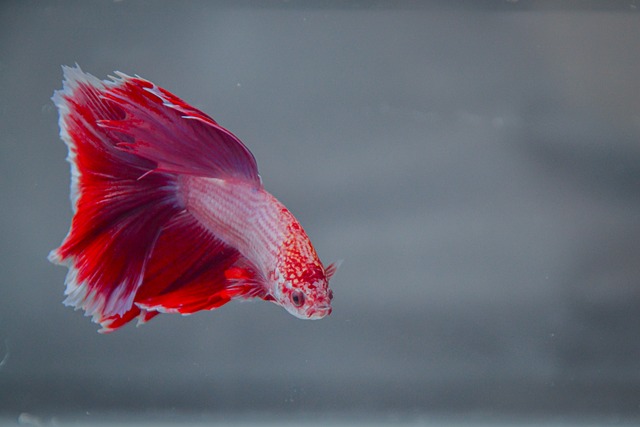It takes a lot of effort to keep your bettas for sale happy and healthy. To prevent the growth of bacteria, you must fully sanitize every surface each time you clean their fish tank. To get rid of undesired bacteria, do this by immersing everything in bleach for at least five minutes. You must regularly change the water in your fish’s tank to maintain their safety and health. Betta fish typically require a fresh supply of water once every two days. However, a wide range of variables can affect this frequency; as a result, you must comprehend why and how frequently you should change your water tank.
What You Need to Know Before Changing Tank Water
Since betta fish are tropical fish, they favor warm, muggy environments. They do this by inhabiting a small area of water that is 78–80 degrees Fahrenheit. As a result, you will need to change the water in your betta’s tank more frequently than you would for other aquatic creatures. If you don’t, dangerous germs and other pathogens may contaminate it. There are a few things to think about when changing the water in your fish tank.
For instance, the size of the tank, the quantity of fish, and even the time of year will all affect how frequently you must do this. It’s also crucial to remember that the quality of the water is just as crucial as how often you replace it. Your betta’s health will suffer from dirty water. You must therefore clean the water in addition to replacing it.
Deciding How Often to Change the Water
As you can see, the first choice you must make is how frequently to change the water. You need to be aware of your existing water’s state in order to make this choice. You may be able to postpone cleaning your betta’s water supply for a few extra days if your water is perfectly clear. However, you’ll need to replace the water more frequently if it’s murky and dirty.
Betta Fish Tank Water Changes: Why and How
You should keep an eye out for a decline in water temperature in addition to appearance. This will show that the water has warmed up and is more prone to harbor dangerous bacteria. Why should the water in your betta fish aquarium be changed? There are a few significant ones.
- Warm water is preferred by betta fish, as we’ve observed. You run the danger of sickening and hurting your fish if your water is too chilly.
- Your fish tank’s water will have a pH balance. You’ll need to alter it by changing the water in order to prevent injuring your betta as this could fluctuate over time.
- Your tank’s water’s naturally occurring bacteria serve as a filtration mechanism. However, you’ll need to eliminate it by changing the water if it gathers into dangerous colonies.
- Your betta could suffer damage from bacteria in the water of your aquarium. You should change your water as soon as possible if it contains a lot of bacteria.
Tips For Successful Changes
Although it can seem like a difficult operation, if you use our advice, you’ll discover that changing the water in your fish tank is simple.
- You must set up your tank before you begin. After cleaning the tank and removing any decorations or fishnets, add fresh water and refill the tank.
- The water can now be changed. While tap water is an option, filtered water is always preferable.
- You must carefully clean the tank after changing the water. To clean the tank walls of any germs and other debris, use a sponge or soft bristle brush.
- The tank will be completely sterilized to ensure that no dangerous microorganisms can grow there. Bleach and water can be used to sterilize the tank.
- Every time you clean your tank, you should also clean your filter. It will be ineffective if it is blocked by dirt.
- Change the water’s temperature. The temperature of the water needs to be adjusted after a change.
- You can now add fresh water to the tank after it has been fully cleaned.
Conclusion
As you can see, a crucial aspect of your betta fish tank’s maintenance is changing the water. You can maintain the water’s cleanliness and stop hazardous bacteria from developing by doing this. Every two days, the water in your betta fish tank needs to be changed. Prepare your tank, replace the water, clean the tank, disinfect the tank, and then refill the tank with water to do this. And keep in mind that in order to keep the water safe for your fish, you must also clean it in addition to changing it.

